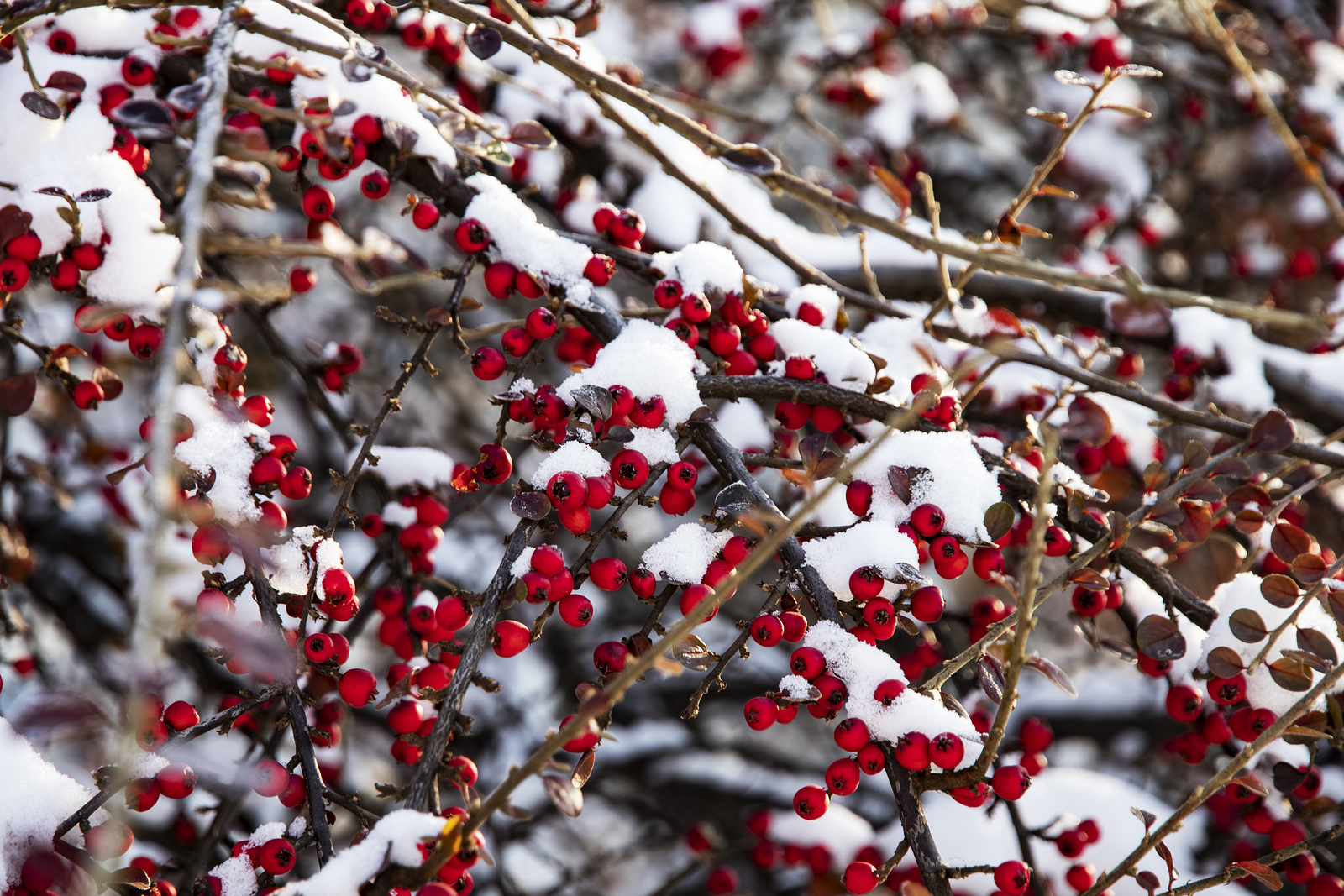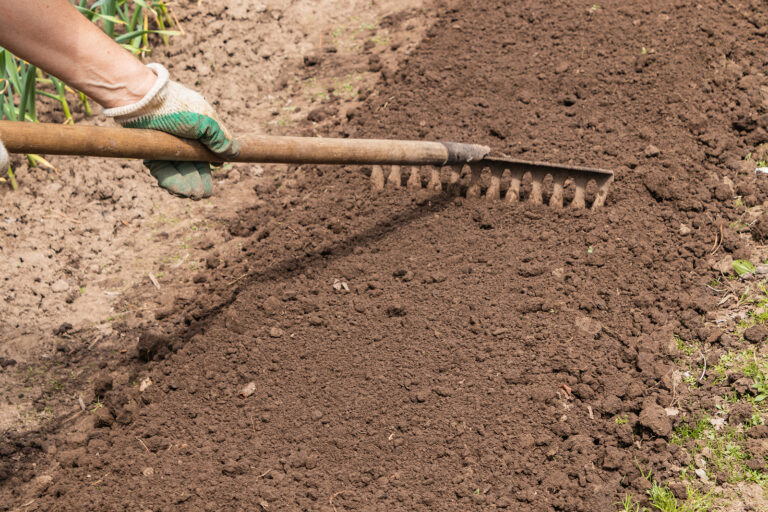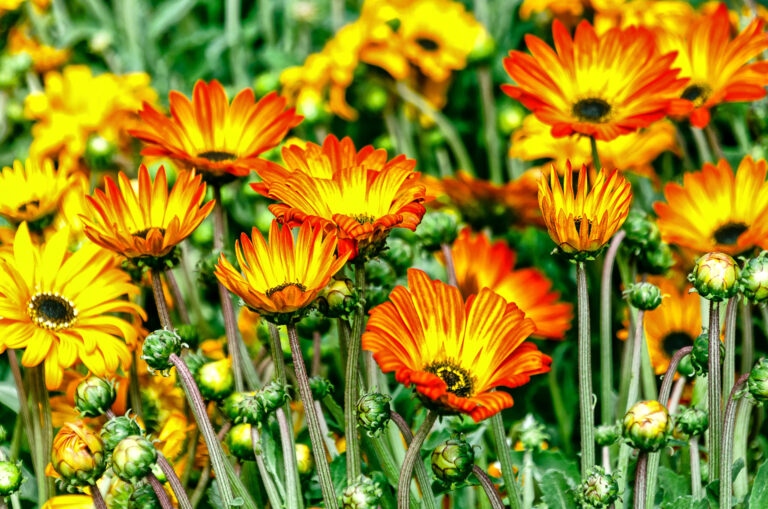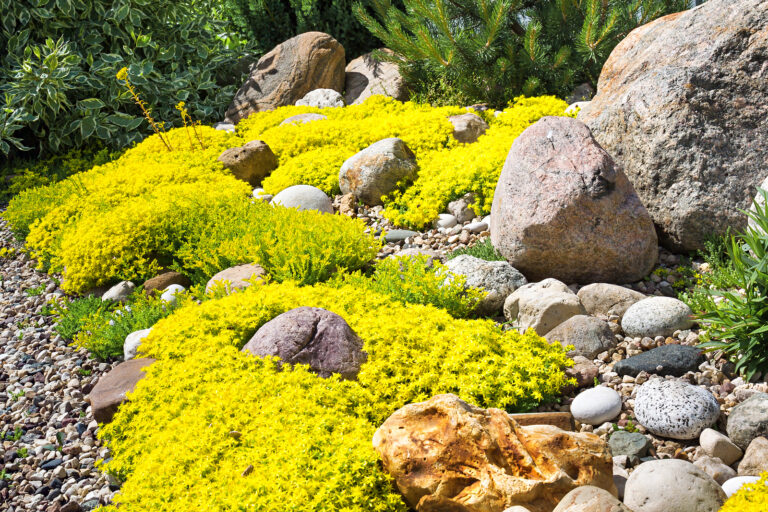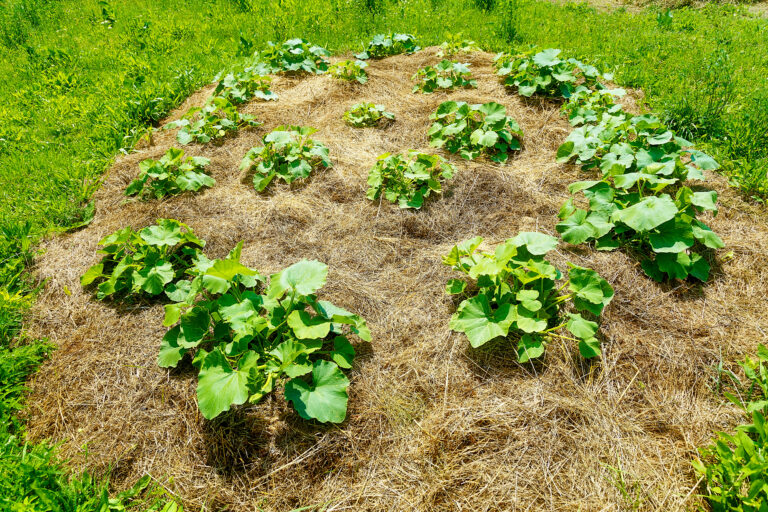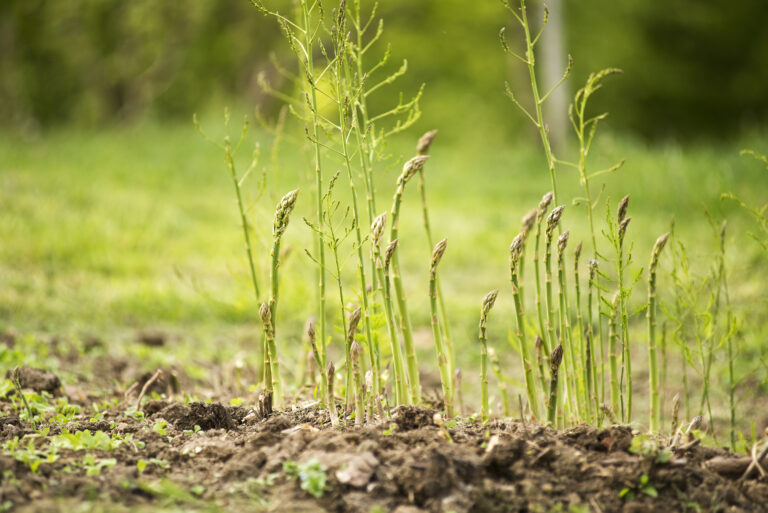Cold-Climate Flower Gardening
Cold winter gardens have their challenges. Cold winters will prevent some plants from growing, but it will allow others to thrive.
Selecting the right plants is key to gardening success where winters are cold. Protecting plants from the cold must be in the gardening equation should you decide to grow plants not native to your region.
Here are a few tips for flower gardening in cold-winter regions:
Plant cool season annuals
Cool-season annuals like cool weather; they thrive in early spring and autumns, and some thrive during winter. Some will even bloom after it has snowed. Cool-season annuals include stock, snapdragons, pansies, lobelia, violas, calendula, and godetia. These annuals can go in the garden as early as four to six weeks before the average last frost date. Most cool-season annuals will bloom until temperatures hit the 80sF/26C. These annuals can be replanted in late summer or early autumn and will usually bloom until the first freeze.
Plant protection
Cold frames and plastic tunnels are a good way to get cold-season annuals and other plants started before the last frost. Under the protection of a cold frame or plastic tunnel you can sow seeds of cool-weather annuals six to eight weeks earlier than you would plant them in the garden. Flowers can also be protected with spun-poly row covers; simply drape the cover over the plants you want to protect from cold. Cloches made from milk jugs with the bottoms cut out are another good way to protect plants from cold or heavy rain.
Grow winter interest plants
Annuals are not the only way to bring color to cold-winter gardens. There are many annuals, perennials, shrubs, and trees that are colorful in winter. Sedums, berries, ornamental grasses, and shrubs can be strategically placed around the garden; when summer blooms and leaves fade, these winter interest plants remain.
Ways to prevent winter loss
There are several ways you can prevent perennials and many shrubs from suffering or dying in winter.
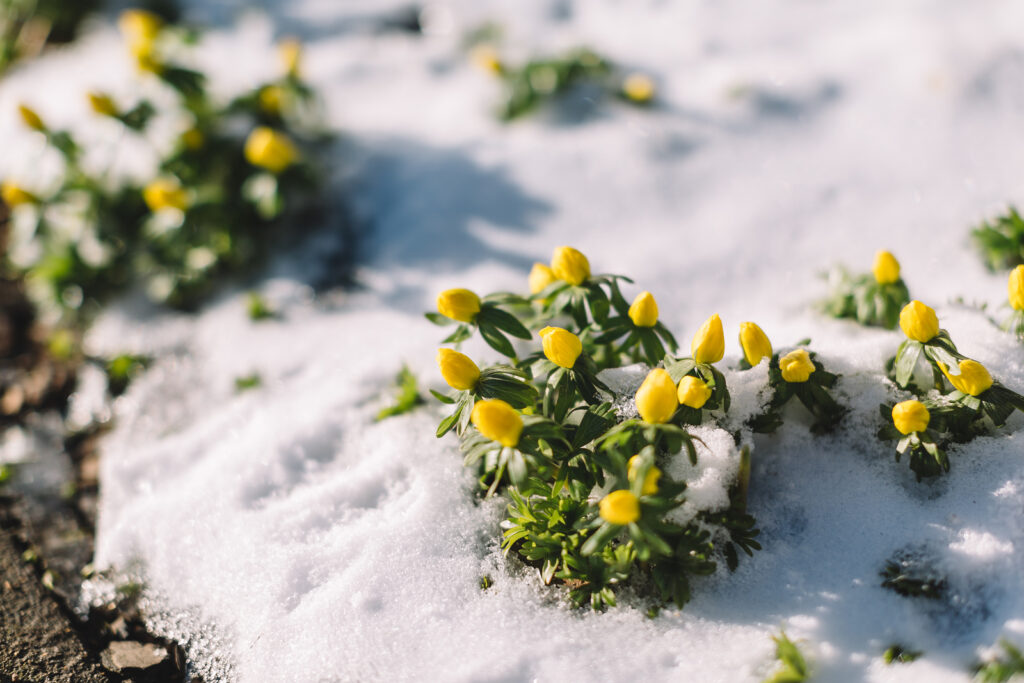
Choose hardy plants
Know your U.S.D.A. Zone; these zones are determined by the average low temperature for regions. Zone 3 is the cold-winter regions of the northern United States, Zone 9, and 10 in the southern-most sub-tropical regions. Every plant has its cold limit; plant labels often tell you the USDA Zones a plant will succeed in. A “hardy plant” is a plant that can take the cold; check how hardy plants are before you plant them.
Prepare the soil
Most plants hate wet feet—their roots don’t like to stay wet. Prepare your planting beds so that they are well-drained. Adding aged compost or commercial organic planting mix to a bed will almost always ensure it is well-drained. Do this test: take up a fistful of soil and squeeze then open your hand; it the soil forms a tight ball, it needs aged compost or planting mix; if the soil gently crumbles when you open your hand, that soil is likely well-drained.
Mulch ahead of winter
Mulch can protect perennials and small shrubs from the winter cold. Aged compost, shredded leaves, and pine needles or boughs are good winter mulches. Add these up to the base of the plant. Mulch will insulate the soil and protect plant roots. Leave brown and dry perennial foliage in place at the end of the season; this too will protect the roots below from cold. Don’t cover plants with a heavy tarp; if you want to protect plants without mulching set a basket or box over the plant. Be sure to remove mulch and covers in spring when plants begin to grow again.
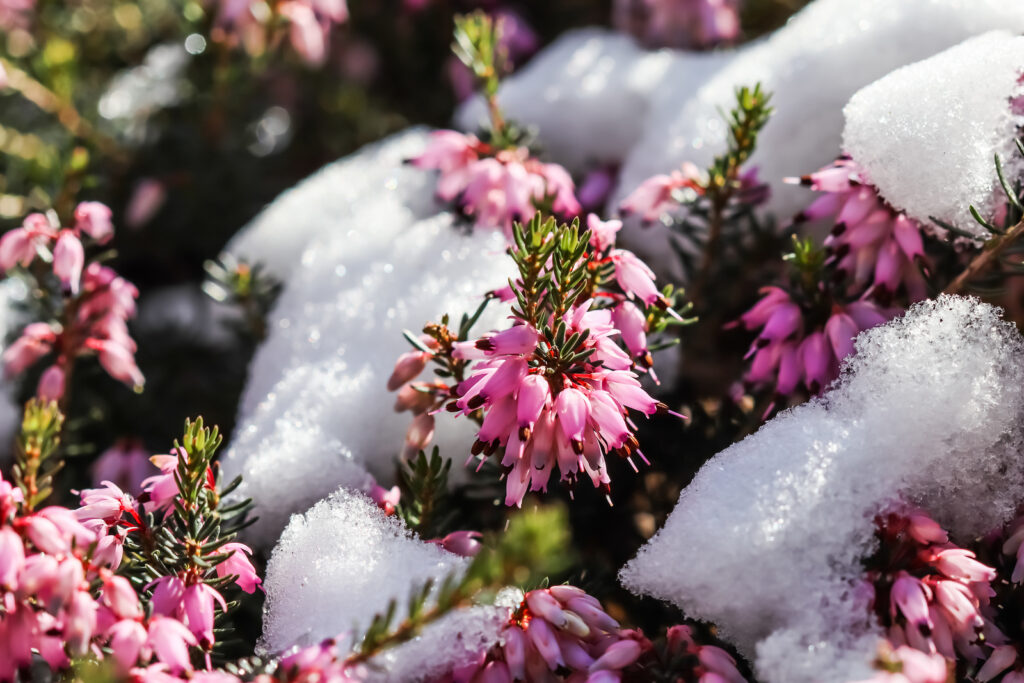
Combat frost heave
Winter freeze and thaw cycles can heave plants right out of the ground. In late winter and early spring, walk around the garden looking for plants that have suffered frost heave. Gently press them back into the soil with your foot or the back of your hand.
Take advantage of your site
Plants on the south side of a building, fence, or hedge will suffer less damage from north winds. Plants with southern exposure will warm and bloom more quickly in spring. Keep this in mind if you are planting early bloomers; early bloomers may do best on the north side of a building or fence where they don’t warm too quickly; early bloomers can be damaged if they bloom and then get hit by an unexpected late-season frost or freeze.

